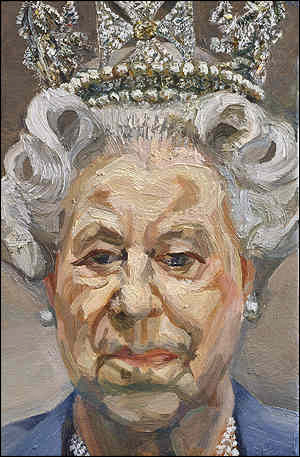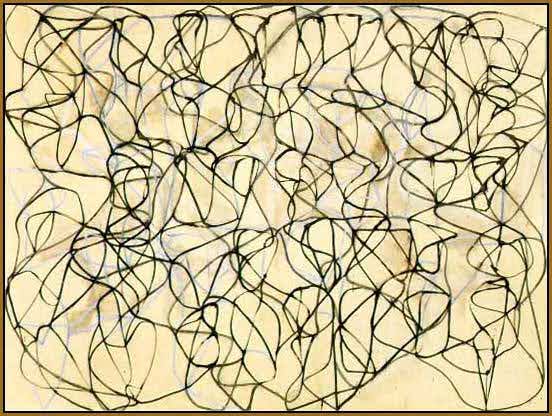"Is Here There," 2012, by Squeak Carnwath, is posted below.
There are two main elements to Carnwath's work, the graphic and the text. What really interests me is the latter, the text. Her graphics are colorful yet simple, using muted shades of a variety of colors in doodlesque forms. On it's own, the graphics would not hold my interest. Carnwath's decision to include handwritten text, however, adds a whole different layer of complexity. Her text is all in black, with some letters written improperly and a mix of capital letters and lower case letters.The decision to place the text in the bottom right corner of the piece gives it more of a graffiti-like feel, particularly because of the inconsistent nature of the writing. Considering the piece as graffiti makes more sense, as the colored blocks then take on the look of bricks. Even Carnwath's choice of a saying seems to fit the graffiti theme. I would not necessarily think to include text in a piece, especially varying the form of the text, but it seems to be the cohesive element to this piece.






